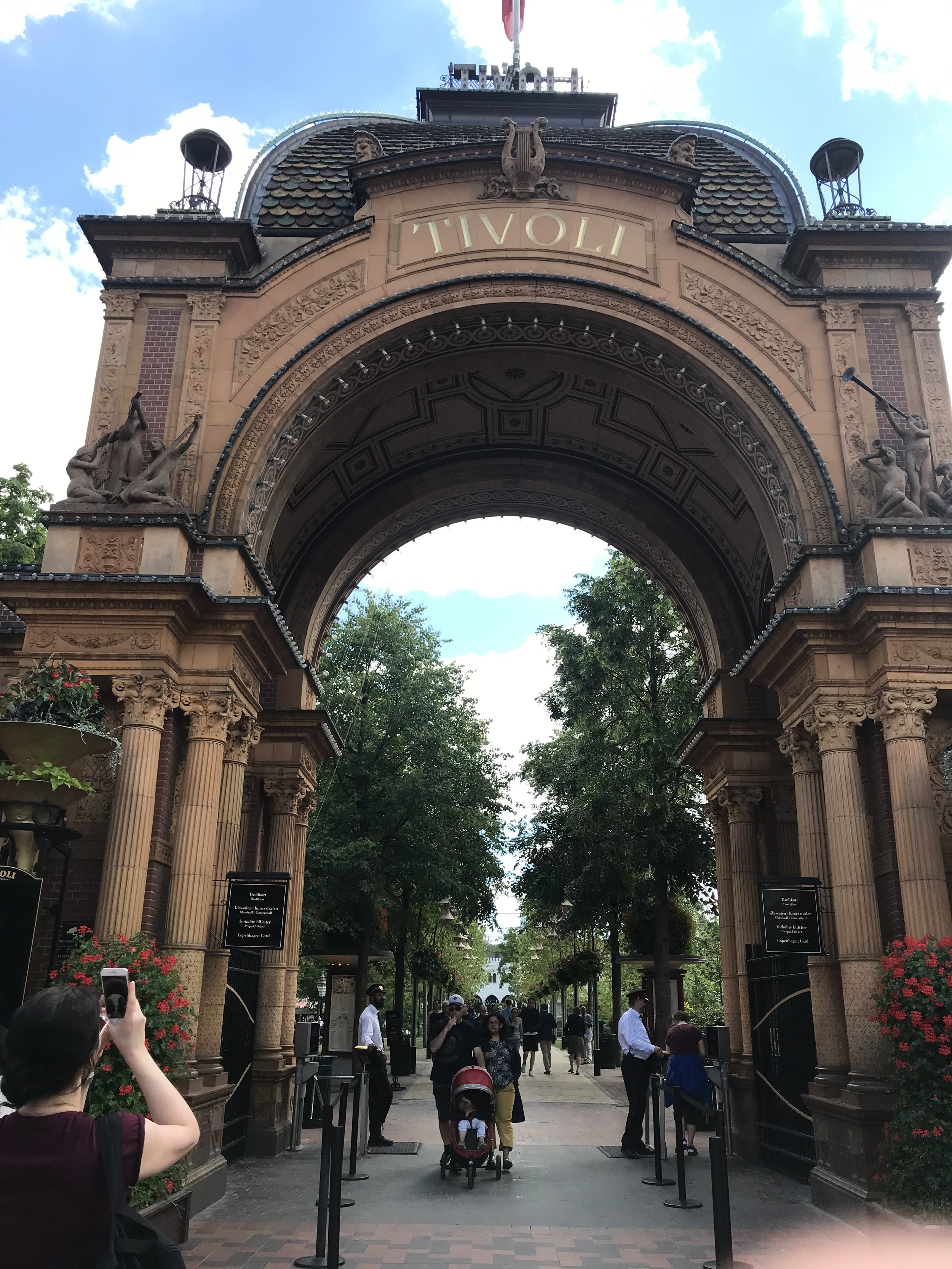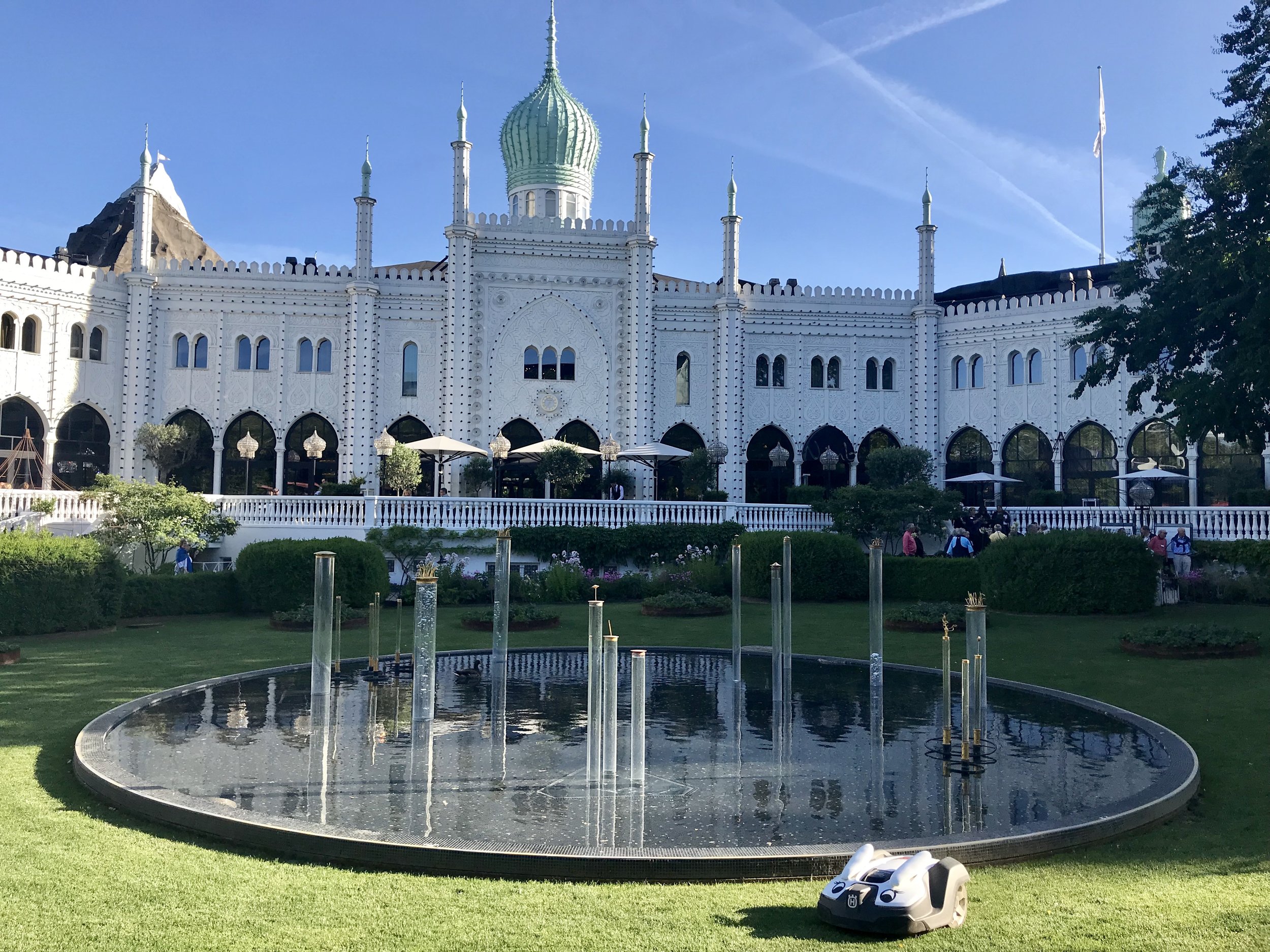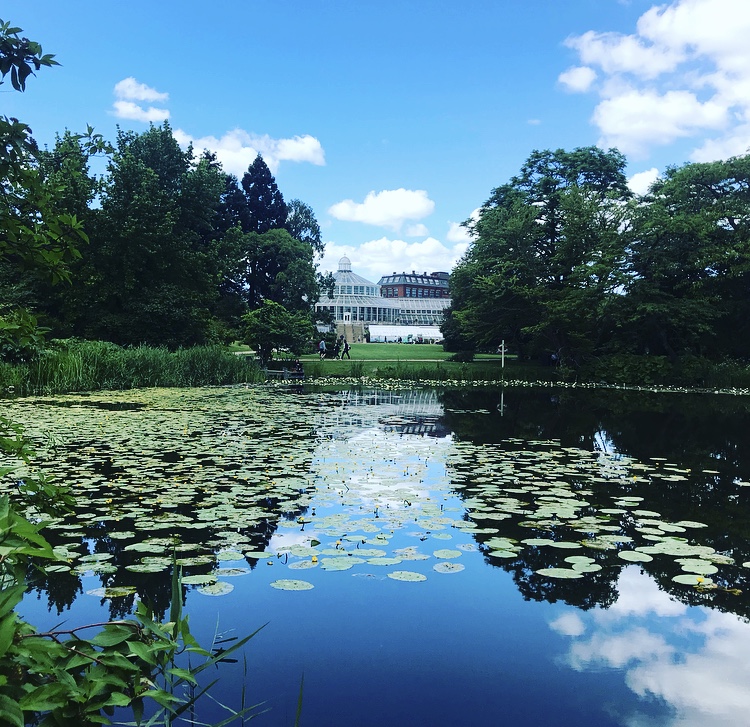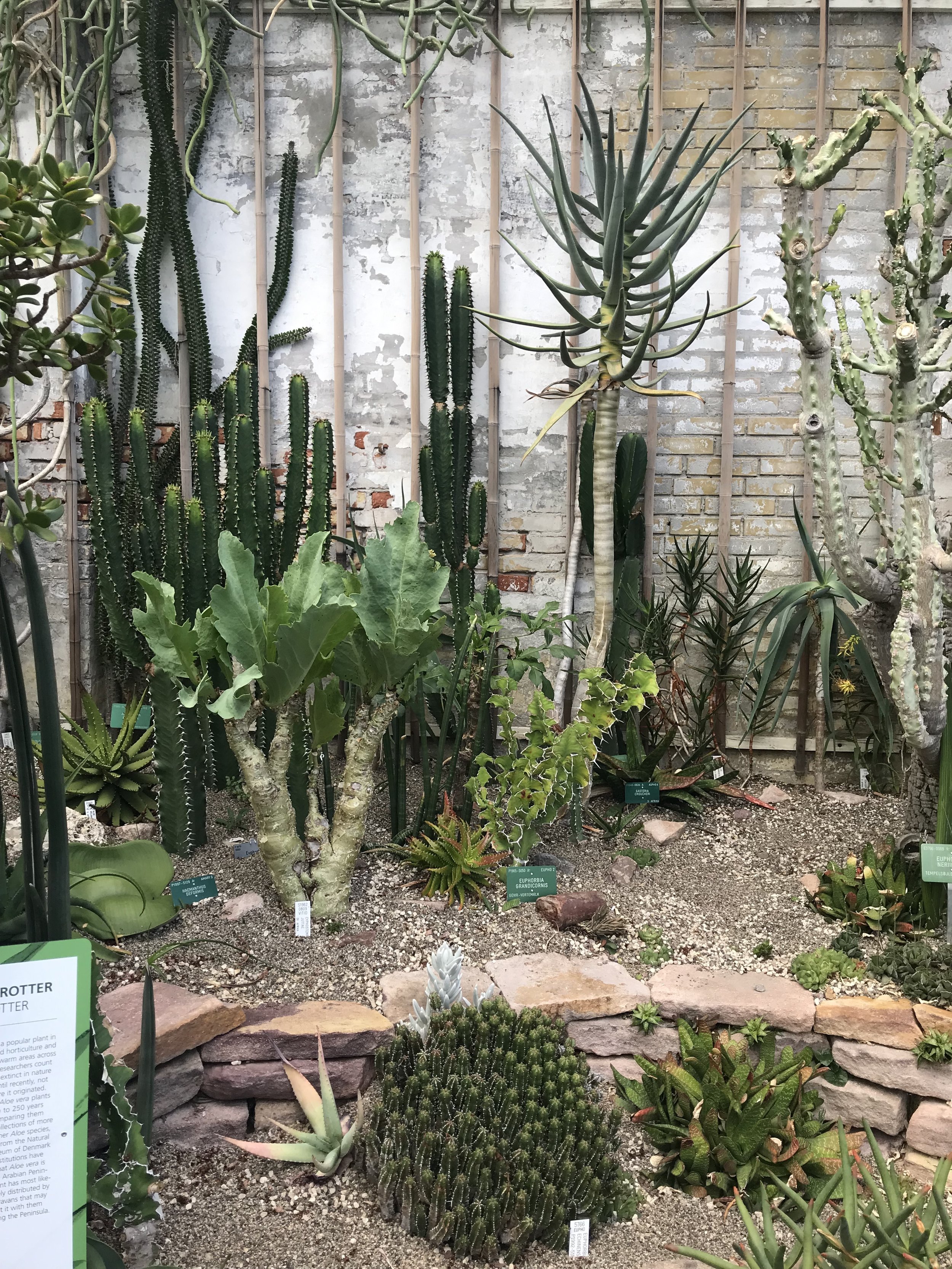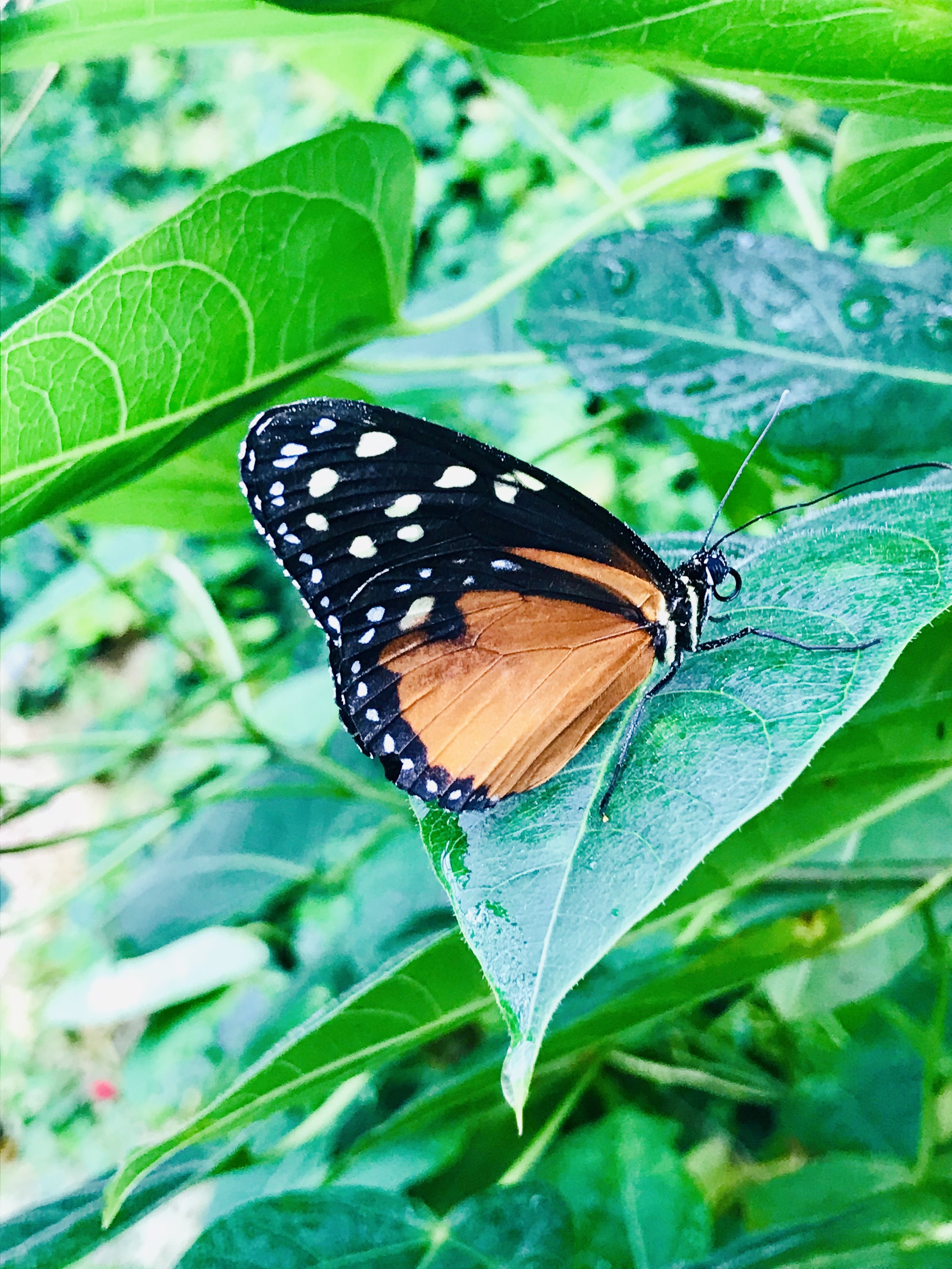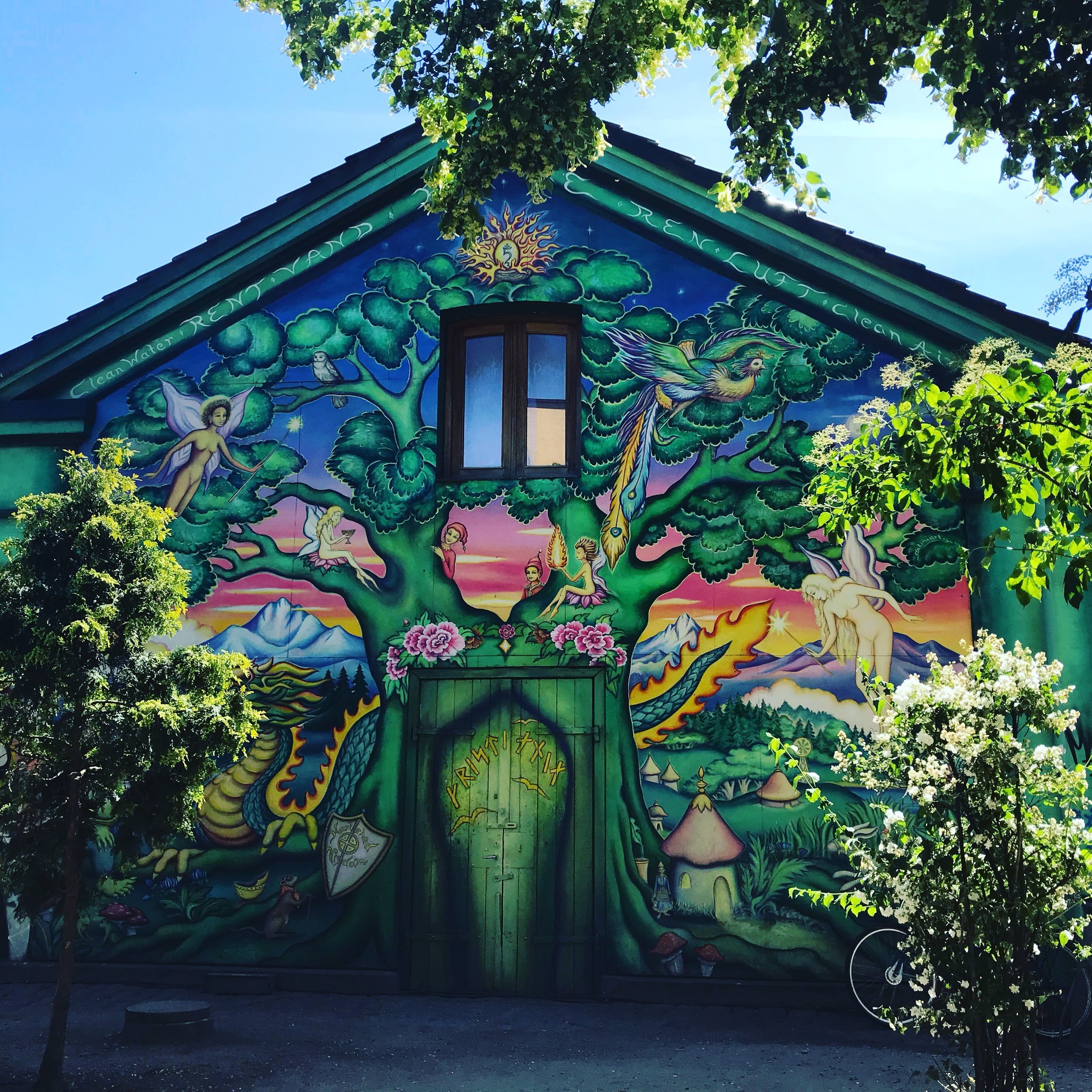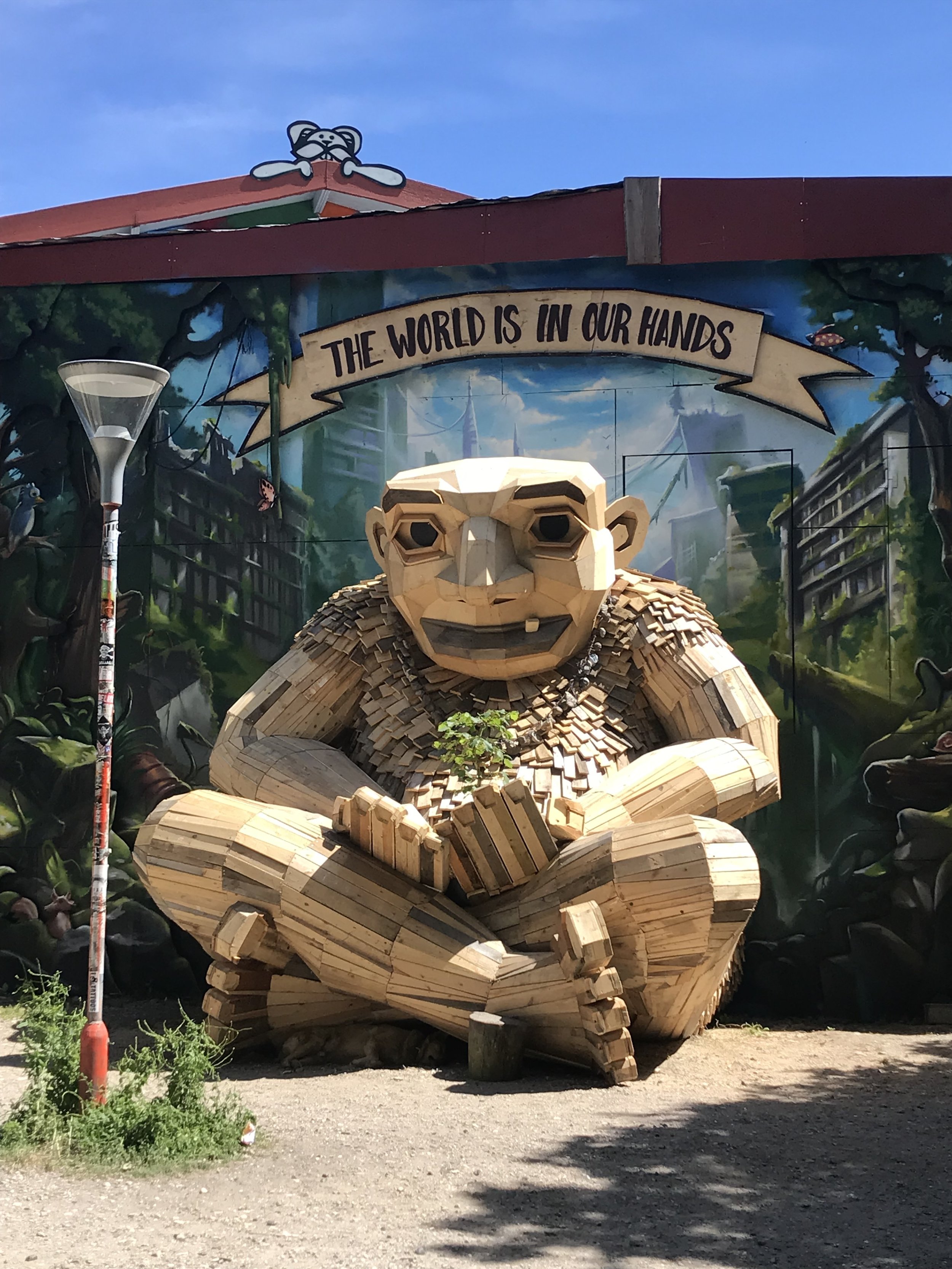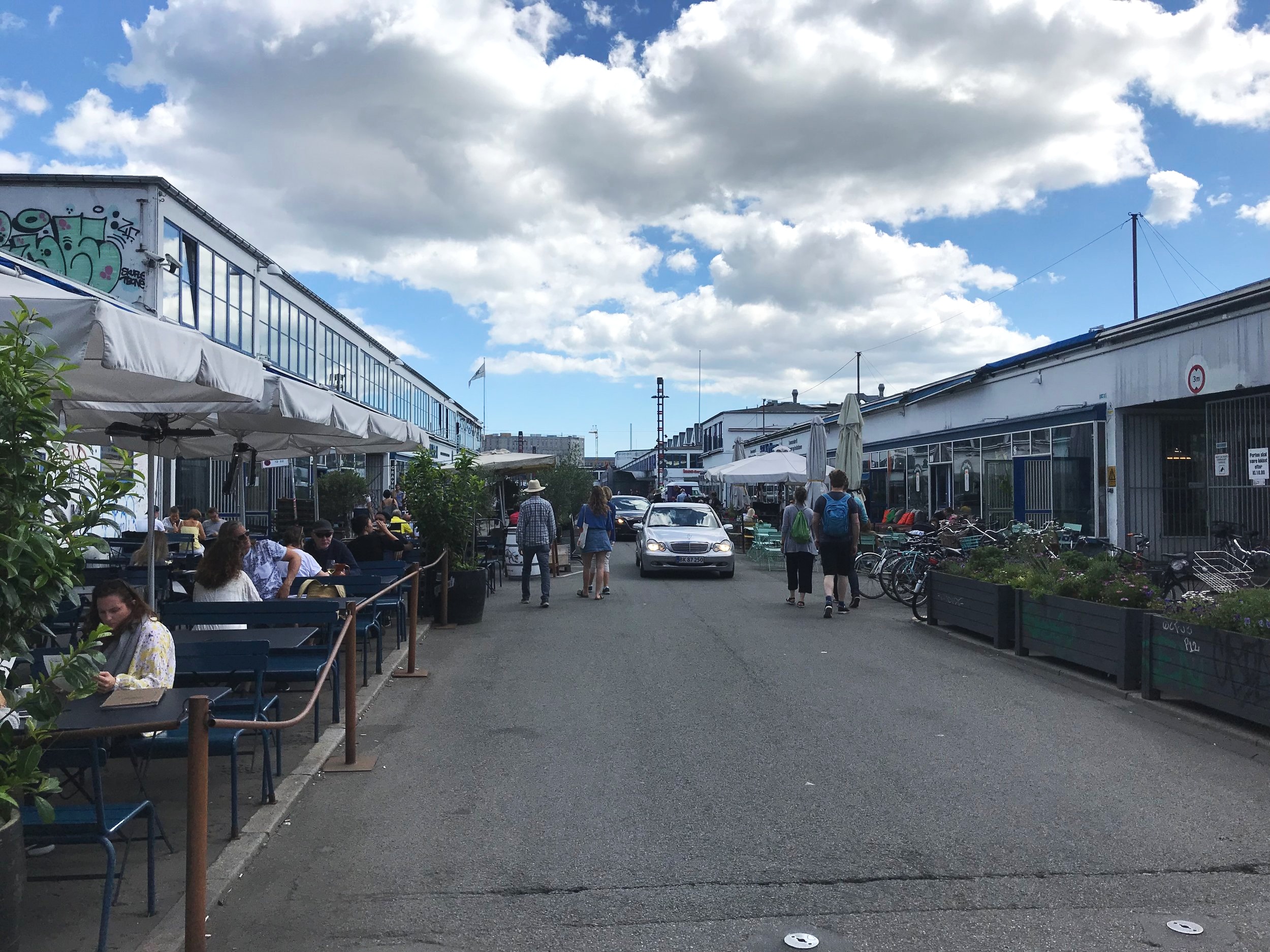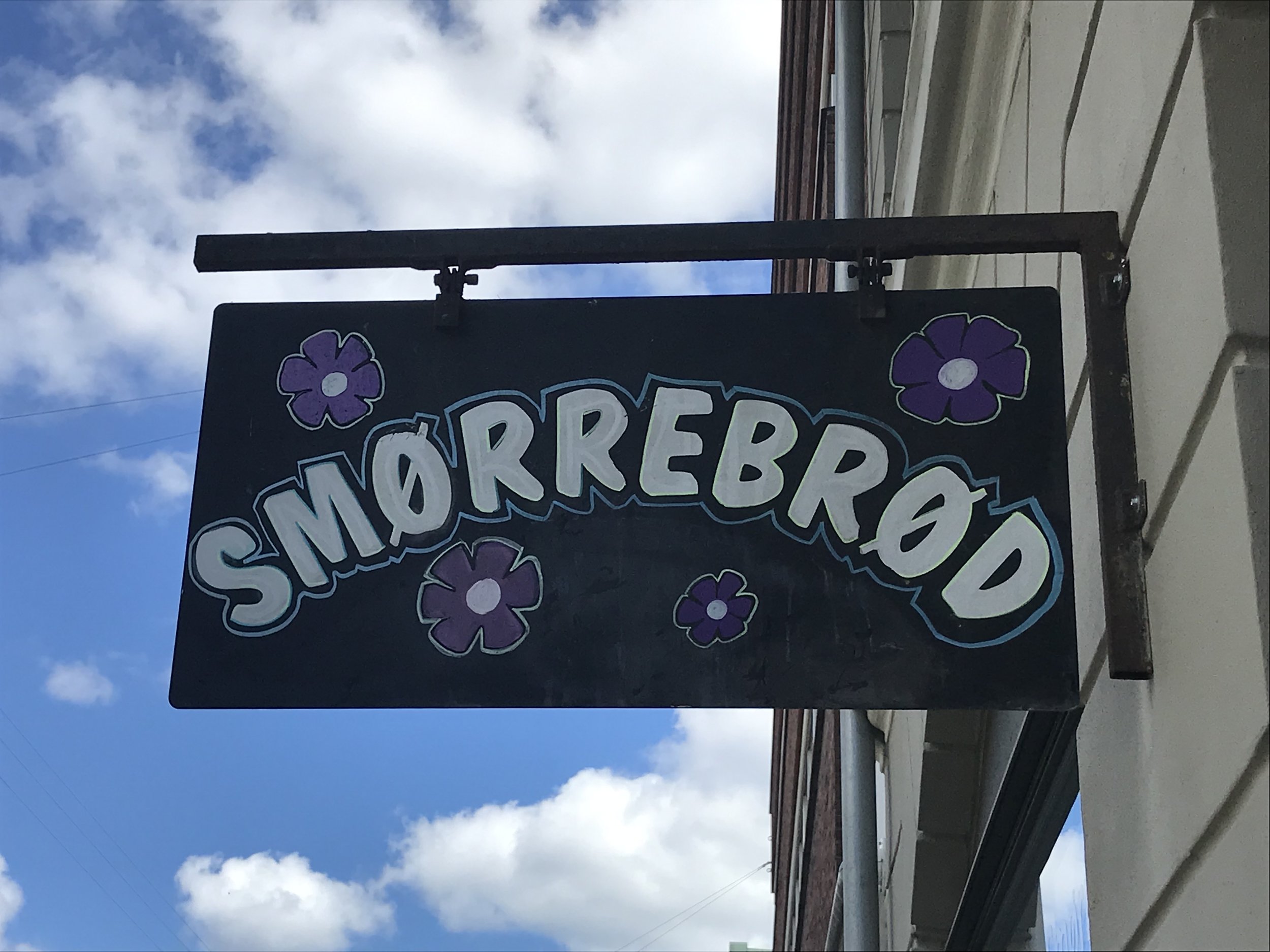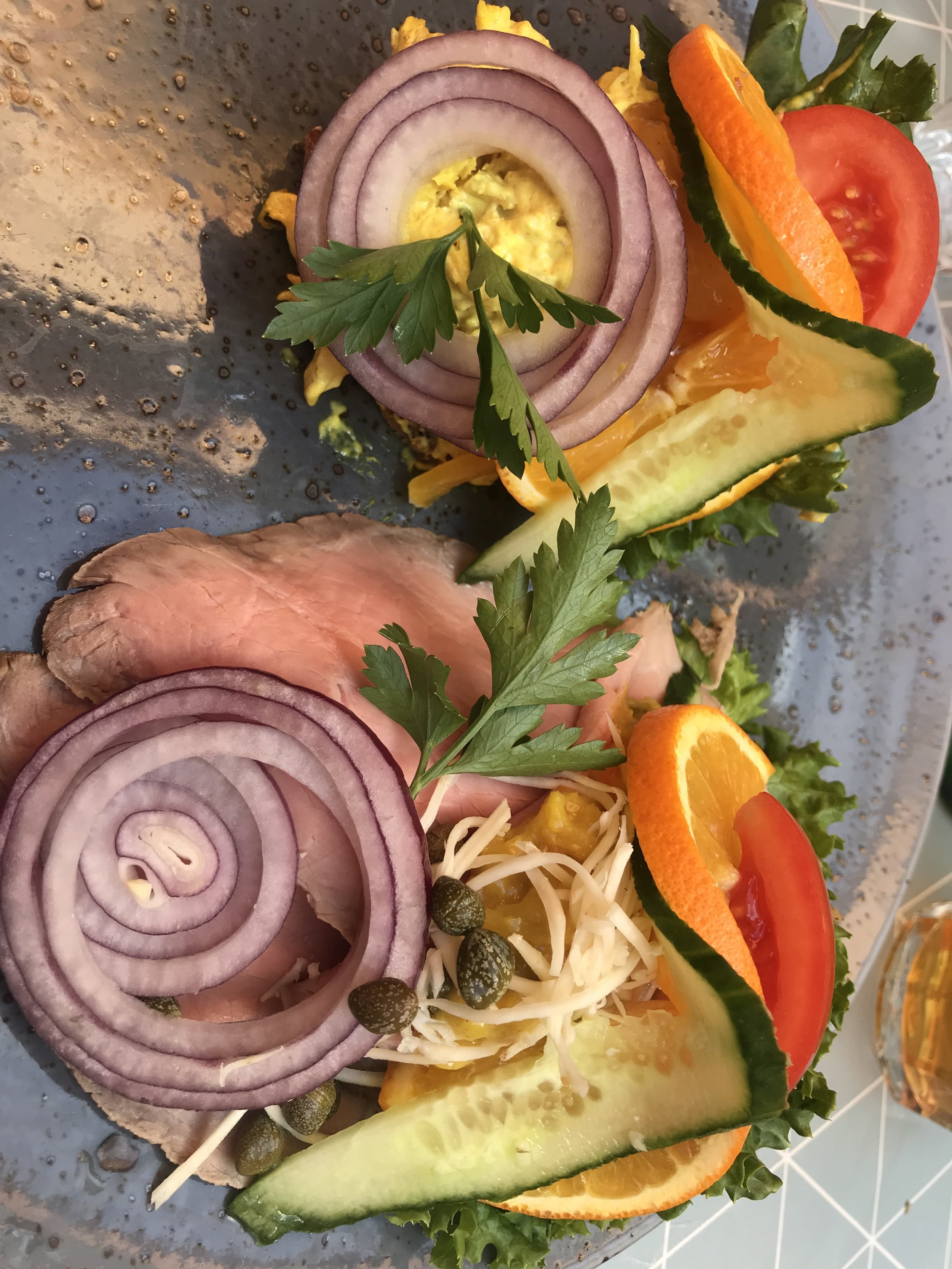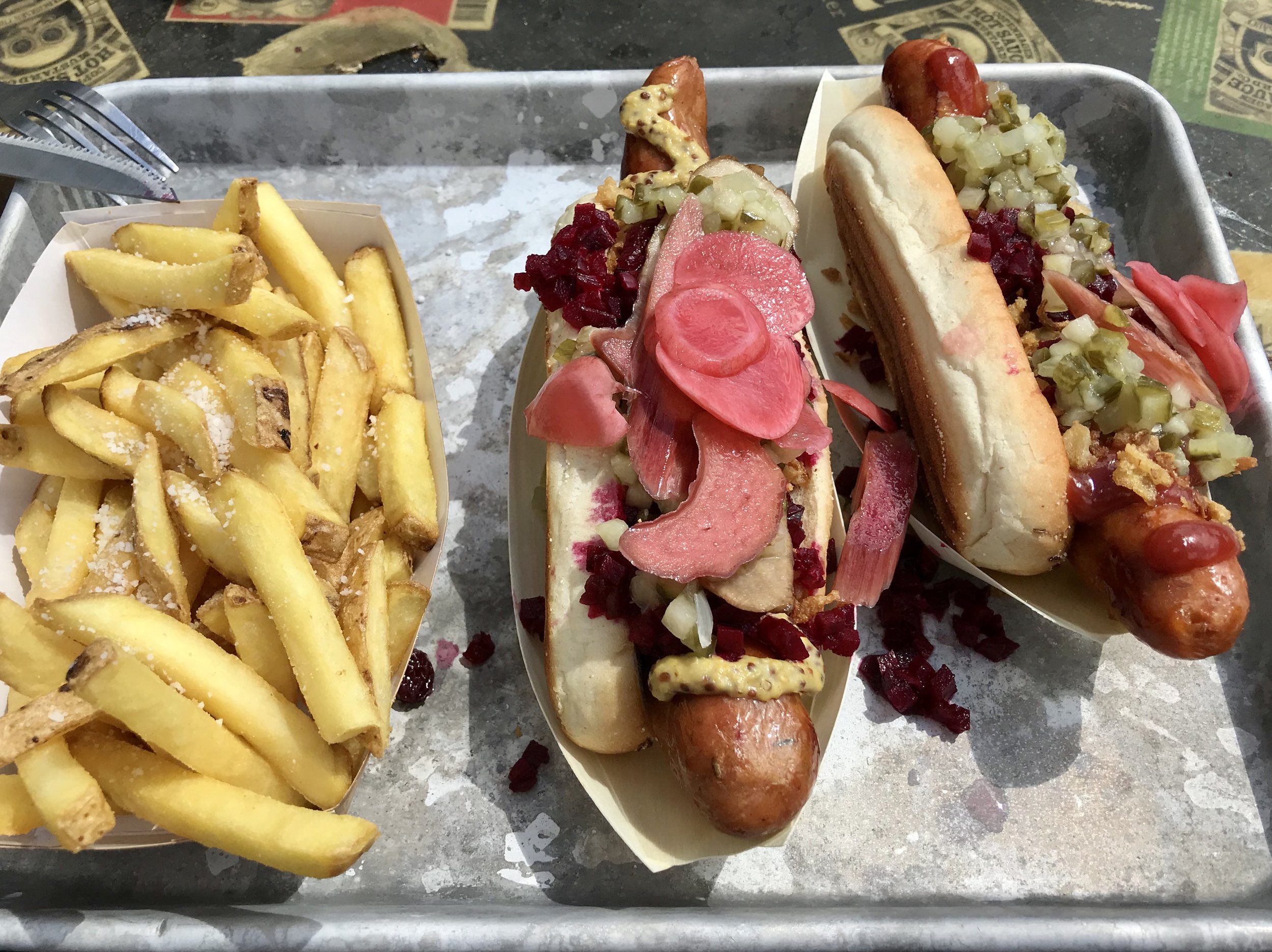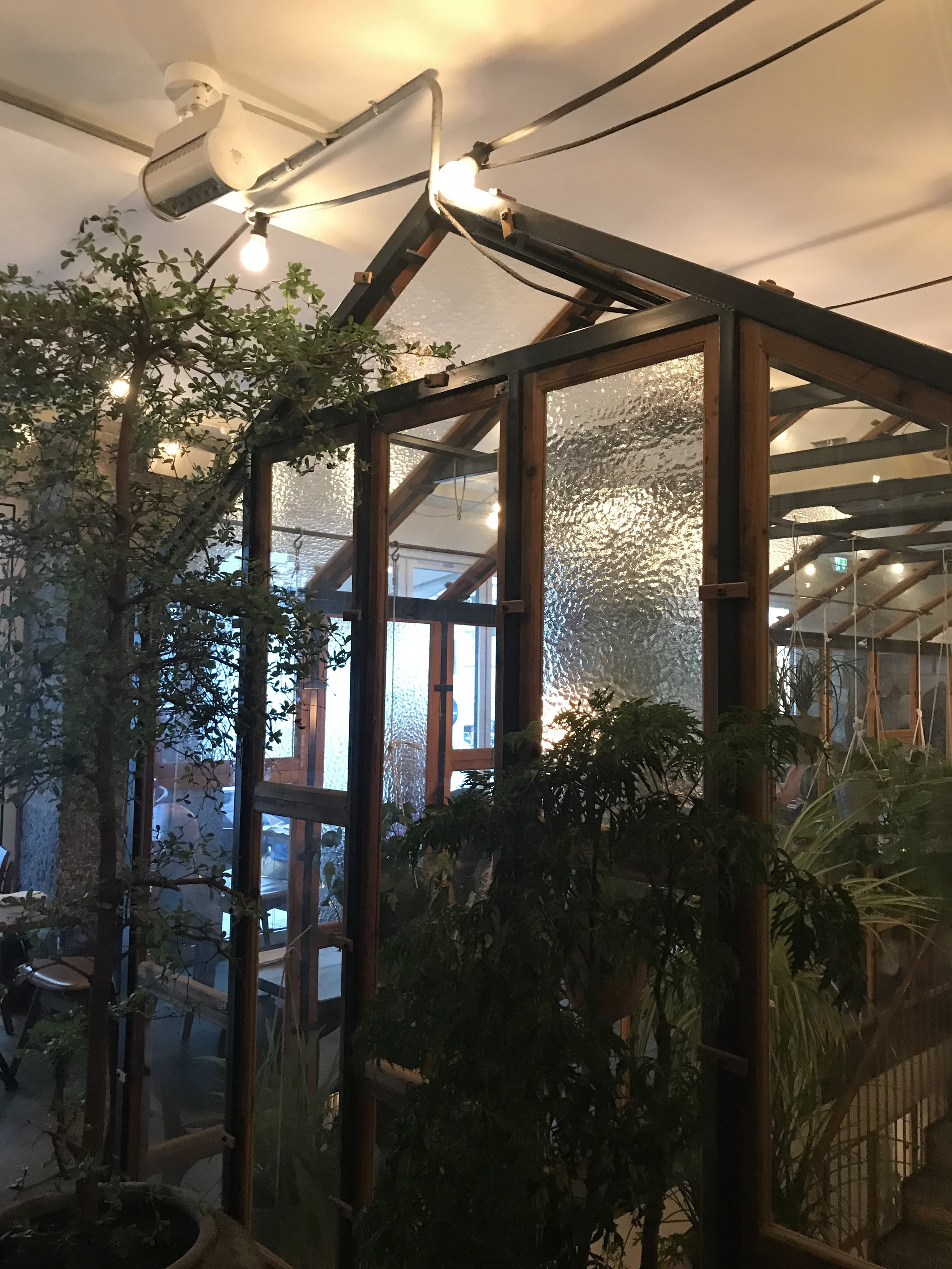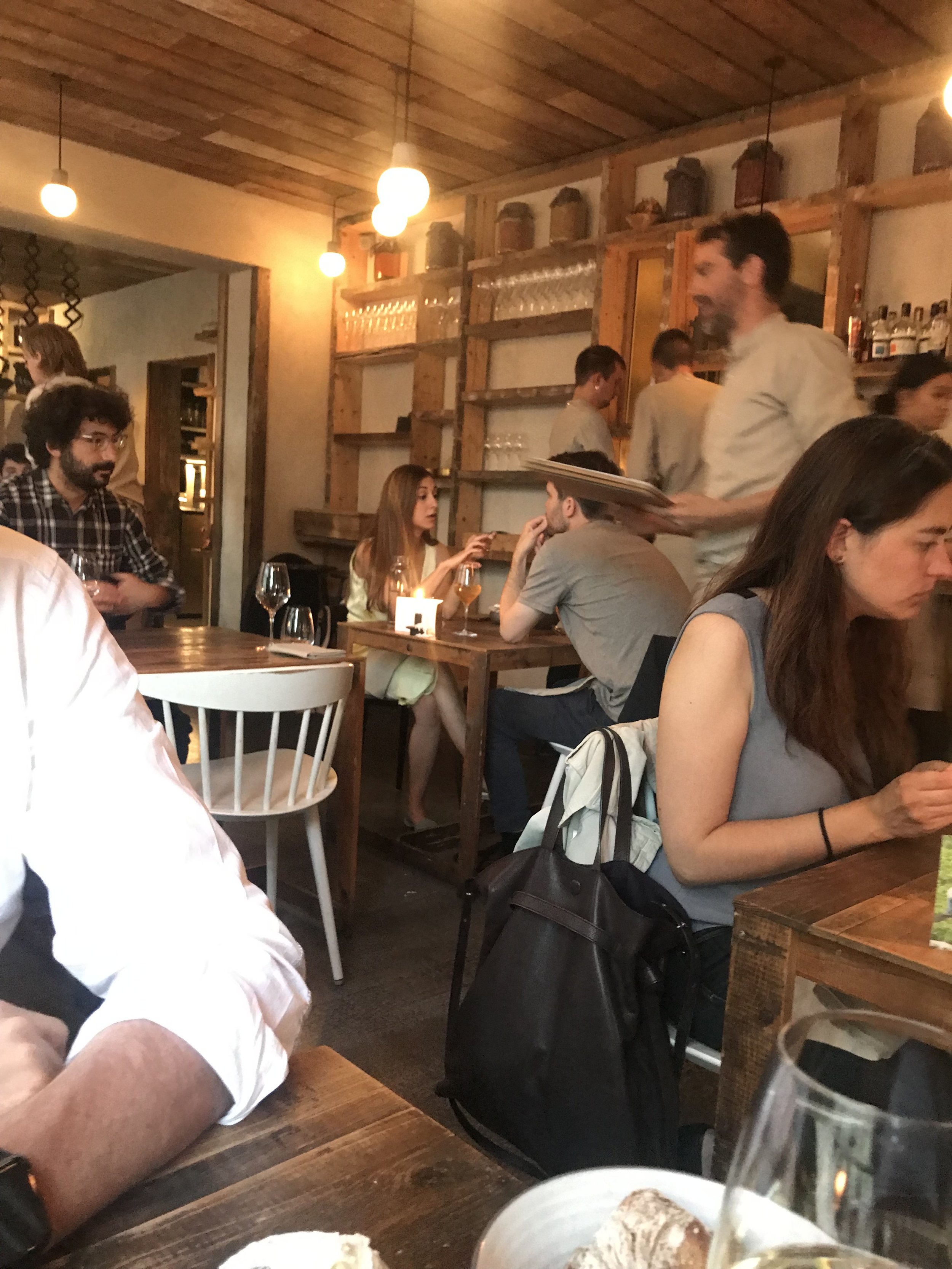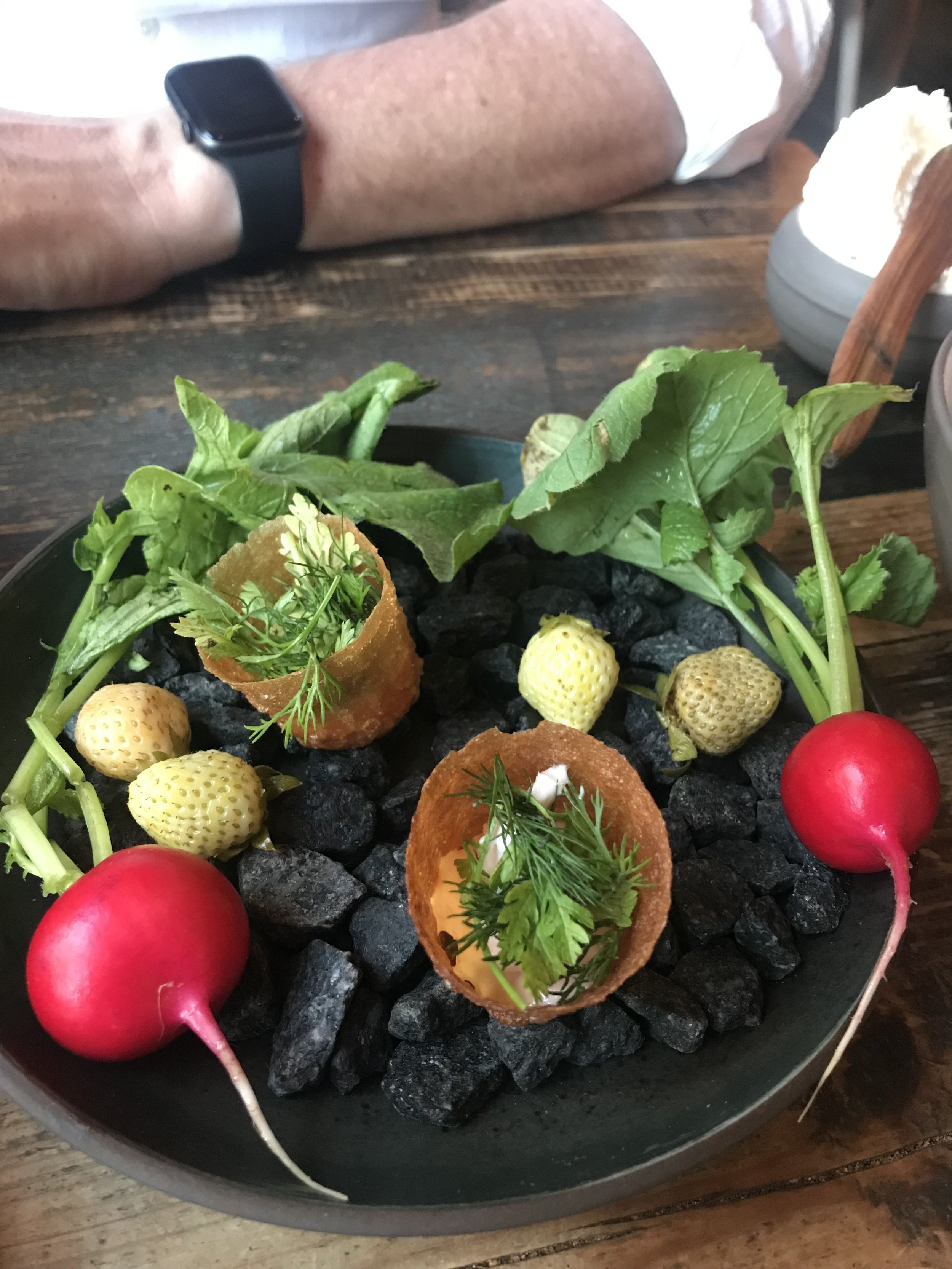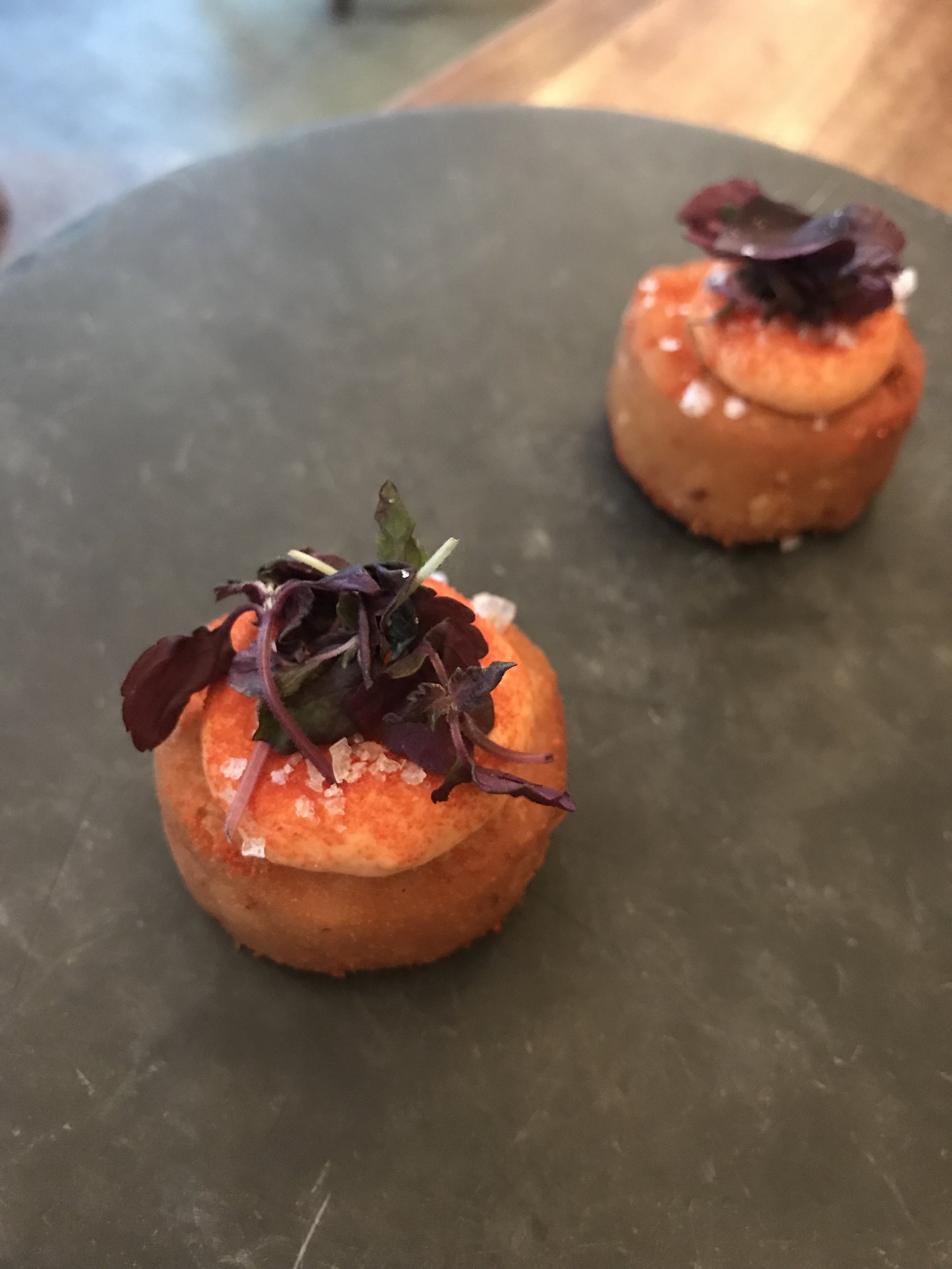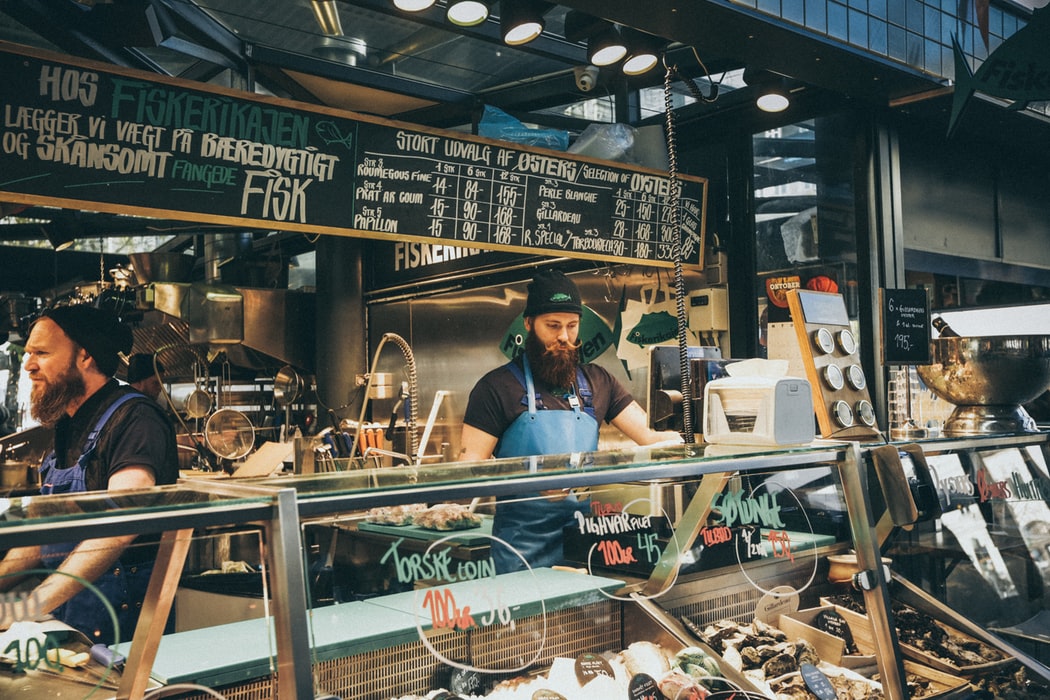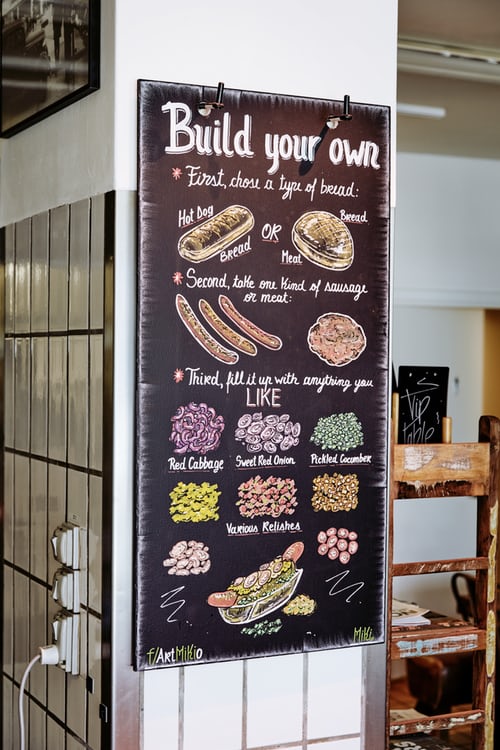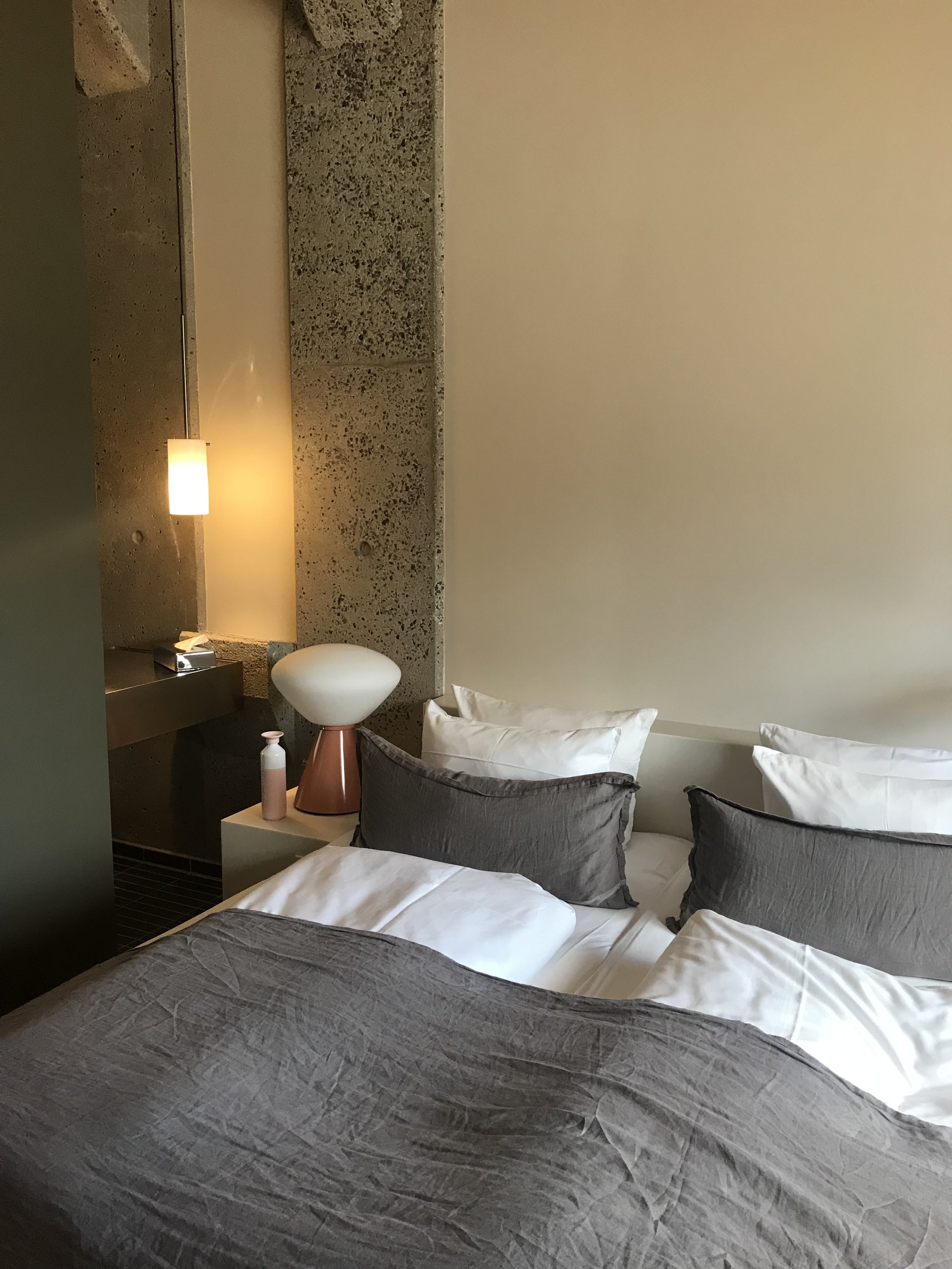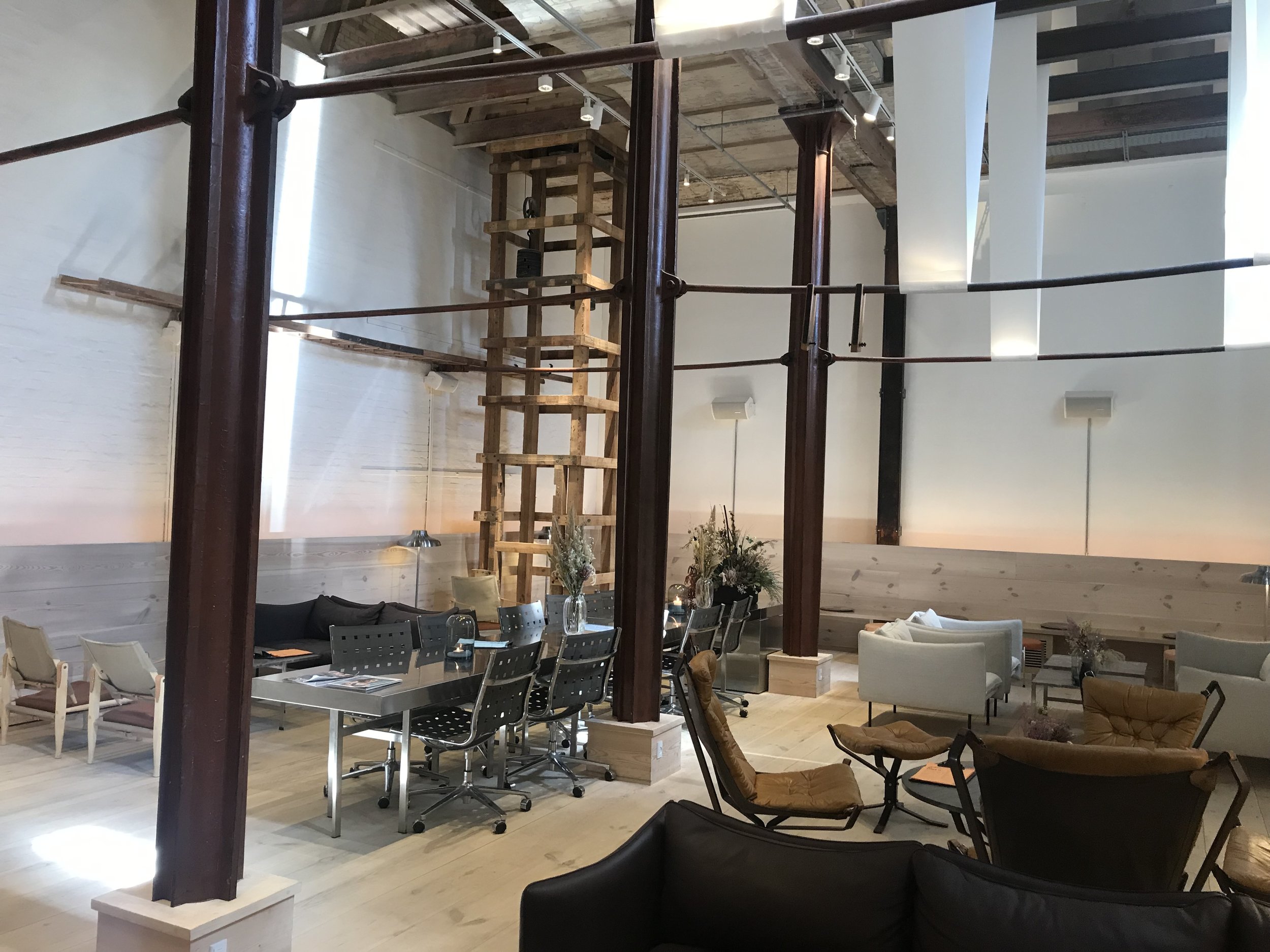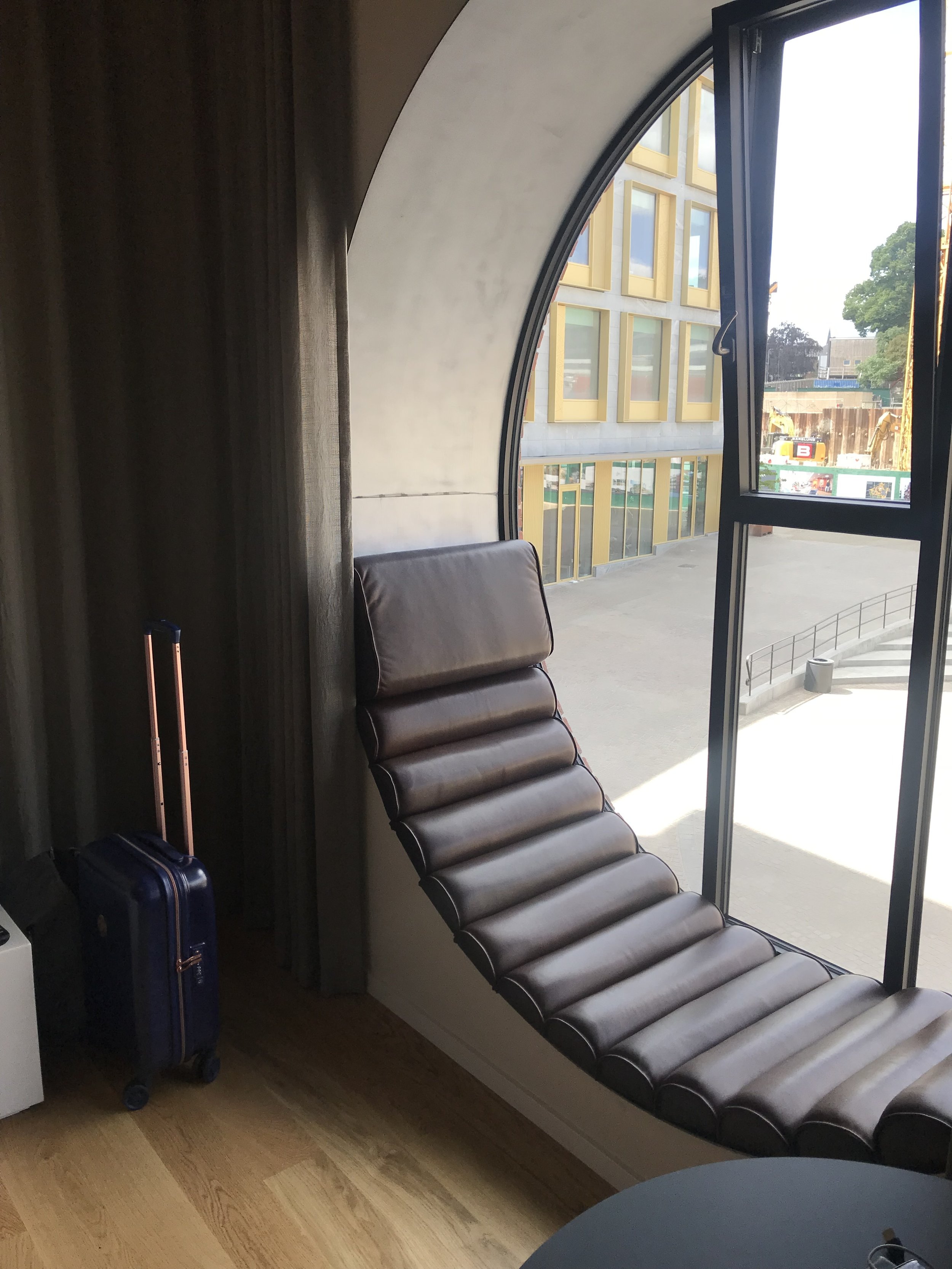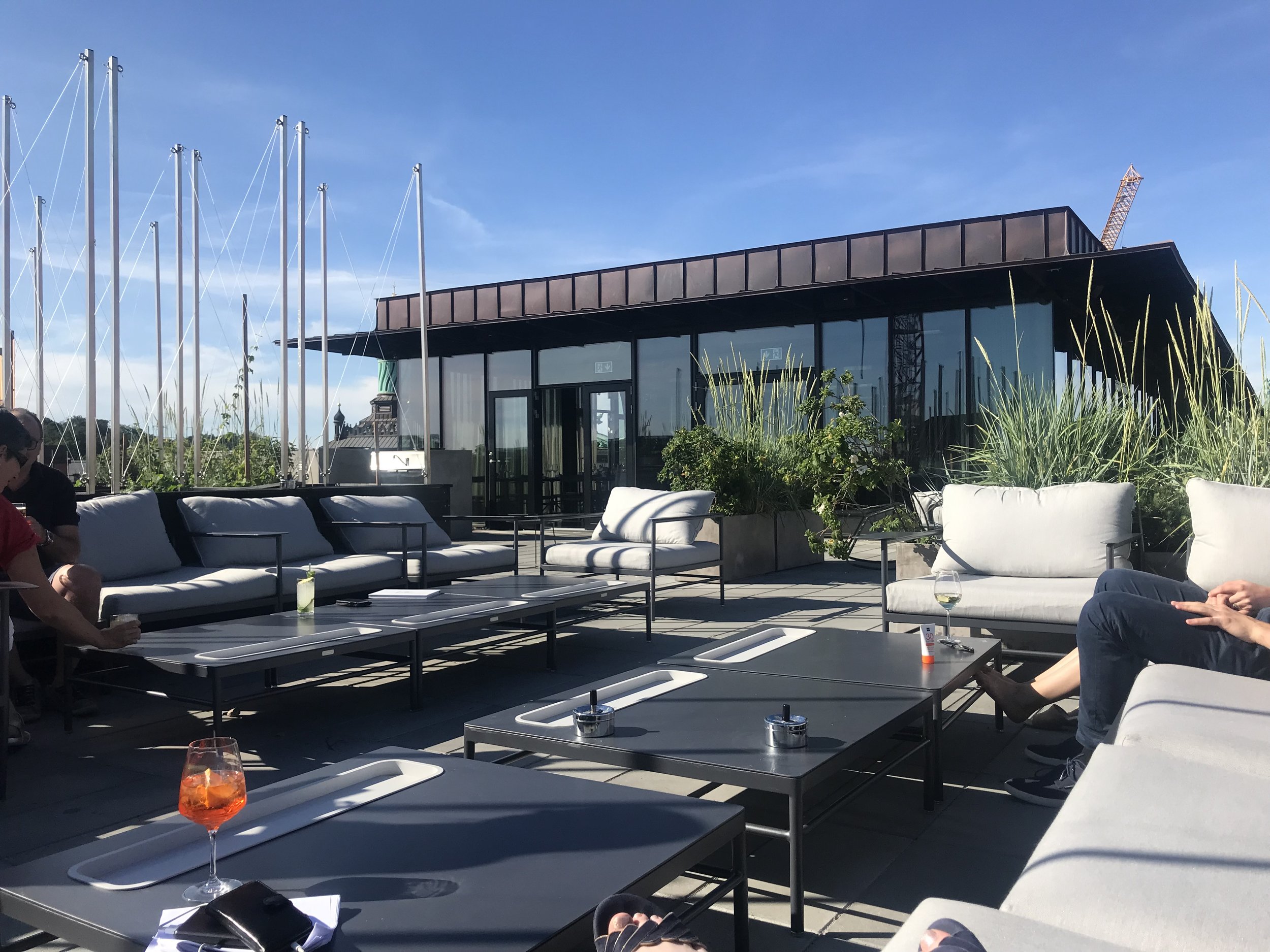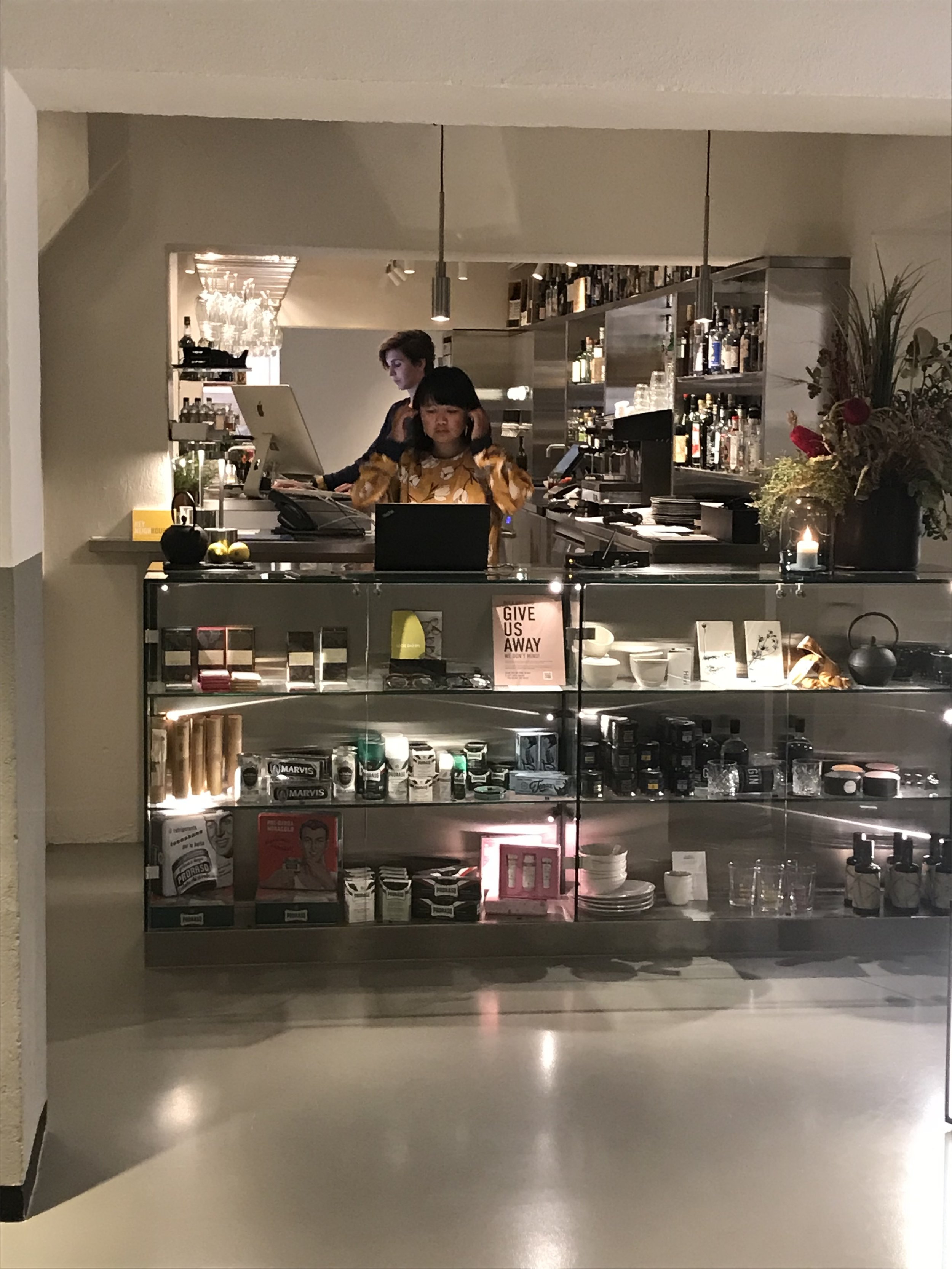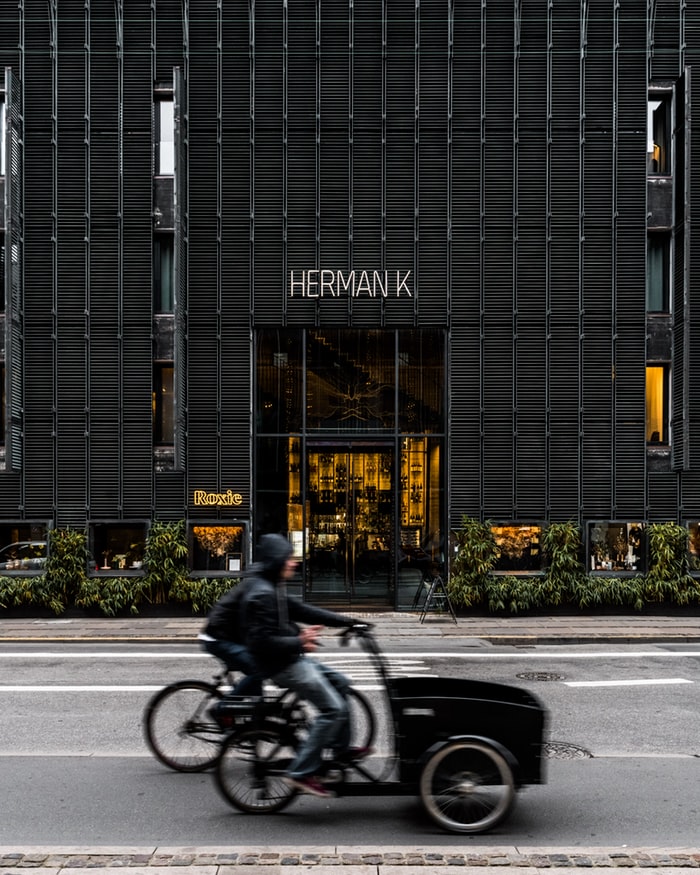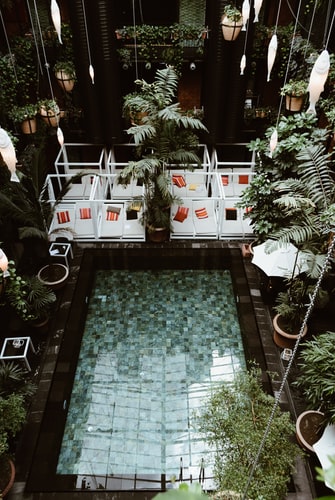COPENHAGEN ~ No ugly duckling!
June 2019
Well hello there …
To celebrate my 38th Birthday, me and my partner booked a trip to the Danish capital Copenhagen. Apart from the fact that I would have to dig deep into my wallet, I had no very strong expectations about this city. After our stay I would not list it in my top 3 of City breaks, but I was certainly pleasantly surprised.
We stayed for 3 days, 2 nights. The day of arrival we explored Vesterbro, the historical center, Nørrevold and Østervold by foot. The 2nd day we hired a bike at our hotel and drove up too Øster Kvarter, Sankt Annæ and Kastellet. The last day Christianshavn was on the program.
When you visit Copenhagen, you must certainly step on a bike to explore the city, eat a hotdog or some Smørrebrod for lunch, stroll along the beautiful Nyhavn and visit the unique Freetown Christiania with an open mind …
Practical Wisdom
In Copenhagen bikes outnumber cars by more than five-to-one. One of the main reasons for the popularity of cycling in Denmark is the network of paths, including innovative bridges, which form cycling superhighways across the city. Copenhagen is one of the safest places to be a cyclist. In 2018 one of the most bike-friendly cities in the world, added one more mobility option to its eco-friendly lineup, namely the electric e-scooters. Everywhere in the city you see people of all ages flash by on these lime-colored steps.
We took a taxi from the airport, to our hotel and paid around € 40 for a 20 minutes’ drive. The public transport is certainly a cheaper alternative.
Denmark uses the “Krone” as its currency and does not use the “Euro”. Most of the large political parties in Denmark favor the introduction of the euro although, but some important parties such as the Danish People's Party, Socialist People's Party and Red–Green Alliance do not support joining the currency. 1 DKK equals € 0,13 or € 1 equals 7,5 DKK. (Subject to the current exchange rate).
In Copenhagen, the mother tongue is Danish, which is closely related to both Swedish and Norwegian. In general Danes speak English extremely well, and some even German and French.
The tourist hotspots
The Little Mermaid
The symbol of Denmark, created by H.C. Andersen. The size often disappoints! Because people are always whining, how small it is, I even imagined it a lot smaller than the actual size; so it was a windfall for me. The bronze statue is a gift from Carlsberg to the city and is a real tourist trap. Visitors trample each other to get as close as possible, and then smile like the dickens, for their picture perfect. Glad that I caught her without an Indian or Chinese face as a bonus.
Nyhavn
Was originally a busy commercial port where ships from all over the world arrived. Today the beautiful old houses have been renovated and restaurants dominate the old port. People enjoy the relaxed atmosphere on the canal. The famous Danish fairy tale writer, Hans Christian Andersen, used to live here. Although it was very busy, I really loved this part of the city the most, due to its natural charm.
Tivoli Park
One of the oldest amusement parks in the world, located in the center. In addition to the many attractions, the park is beautifully planted. There are also many performances in the summer and every Saturday is traditionally closed with fireworks. We paid 280 DKK entrance fee for 2 persons without attractions, this is more or less +/- € 20 pp, with attractions you would pay +/- € 70 pp. You can also pay for the attractions separately, we tried the roller coaster for example and had to buy 2 tickets of 30 DKK each, so more or less € 8 pp. You often read that it is a must see when visiting Copenhagen. For me personally it was no added value. We paid € 28 pp for just walking around for an hour or so and to try 1 attraction. In Belgium you pay more or less € 40 pp for a much bigger park, including all the attractions. It was also quite crowded on a Saturday evening, pretty small and I was not overwhelmed by the charm of it. So if I come back to Copenhagen, I personally will definitely skip it. But if you have small children, it can be a nice change though.
Botanical Gardens
Away from the hustle and bustle, in a beautifully landscaped garden lies an impressive construction in glass, the middle part, the Palm House is no less than 16m high and filled with all kinds of palm trees, there is also a butterfly garden. Access to the outside garden is free, for the inner garden we paid 60 DKK per person, equals € 8 pp. I enjoyed it, but I am a nature and cacti fan!
Amalienborg Slot
Amalienborg is the winter residence of the Danish Royal family. Well, actually the royal palace is not one, but four different palaces flanking a square. The square is considered to be one of the great masterpieces of Rococo architecture in Europe, and definitively the best one in Denmark. Every day at noon, you can watch the change of guards in the court yard. The route and music differs, depending which Royal member is residing at the palace at that time.
Christiansborg Slot
Christiansborg Palace contains the Danish Parliament Folketinget, the Supreme Court, and the Ministry of State. Parts of the palace are used by the Royal Family for various functions and events. The Great Hall is the most imposing room in the palace. This is where you will find the Queen's tapestries. We only admired the outside and did not visit the inside.
Rundetaarn
The Round Tower is the oldest functioning observatory in Europe. Nowadays it is a great tourist attraction, because the eccentric architecture and the fantastic view over the city. Inside the tower there is a 268,5 meter (outer length) long spiral ramp, that ends at a platform almost 40 meter above the street level. Personally I was a bigger fan of the beautiful architecture and the interplay of light at the inside than of the views from the platform outside. The entrance fee was 25 DKK pp, so more or less € 3,5 pp.
Vor Frelsers Kirke
Our Saviour's Church is large baroque church in the Christianshavn district and is one of Denmark's major tourist attractions. With its twisted spire, the church is a national treasure. The view from the tower is the best in town, but the climb can be a bit frightening, because the whole spire is built of oak which can shake a little in a strong wind. As I am afraid of heights, I skipped this challenge.
Christiania
Freetown Christiania looks nothing like the other neighborhoods around Copenhagen. It has been an autonomous district since the 70’s, when a group of hippies squatted the former military base area. The town has its own written and unwritten rules. The Green Light District also called Pusher Street is the most famous part, it’s where you’ll see numerous booths loaded with all different kinds of weed. Christiania’s graffiti-painted walls, cobblestone alleys with the smoky bars and cozy cafés create an underground atmosphere. It is allowed to take pictures in Christiania, but not in the Green Light District (as buying and selling hash is still illegal) and photos with other people in the scene should only be taken with permission. Before going there I was a little bit concerned about the safety, but I think if you visit this commune at daylight and you follow their simple rules and don’t show off with your camera you’re not at risk.
Meatpacking District
The Meatpacking District (Kødbyen), part of the Vesterbro district, is situated between the railway lines going into Copenhagen Central Station and the street Sønder Boulevard. It used to be home to Copenhagen’s meat industry businesses. In recent years, it has changed into a new creative cluster with a trendy nightlife and a broad range of high quality restaurants, a mecca for young hipsters. Try delicious burgers at “Juicy Burger”, Tommy’s Burger Joint” or “John’s Hotdog Deli”, tasty Italian specialties at “Mothers” and the best seafood in the city at “Kødbyens Fiskebar”, … this area has it all.
Would you like a table?
Denmark has a long tradition of farming and many traditional dishes are simple in their origins. For the last 20 years or so, local chefs have tried developing a new type of Danish cuisine where they use only the best quality products from local farms. Nowadays, you can find several restaurants that have been awarded Michelin stars, including the city’s famous restaurant Noma, voted 2 times as the World’s Best Restaurant.
The most famous Danish dish is most likely “smørrebrød”, this is basically an open-face sandwich that has been reinvented and become one of the most popular dishes in Denmark. It used to be a dish for the poor people where they made sandwiches of the leftovers. However, today, you can be served luxurious “Smørrebrød” with all kinds of toppings. “Leverpostej” (liver pate) is among the favorite smørrebrød spreads for non-vegetarian Danes. It is a mix of pork liver, onion, butter, eggs, milk and spices and it can be served both warm and cold.
One of the most beloved meals in Denmark is “flæskesteg” (which means roasted pork). Pork is used very common in the Danish cuisine, combined with apples, sugar and thyme for example or with parsley sauce and potatoes.
With so many hot dog stalls spread all around Copenhagen, the city almost has the smell of sausages,“pølser” in Danish lingering in the air. A favorite bite for locals, is a red pork sausage (rød-pølse) in a crusty bun covered in ketchup, mustard and remoulade with fried crispy onions and pickles on top.
Copenhagen is a city built on fish. Herring – or “sild” in Danish – has been fished in the waters off Denmark for thousands of years. Herring is eaten all year round; it usually provides a starter to most dinners and is a staple topping for the smørrebrød.
RESTAURANTS
As I always do, I’ve read a lot of restaurant recommendations and reviews at forehand. For Copenhagen I found it quite a challenge to find something affordable. As it was my Birthday, I was looking for a 3-course dinner in a nice setting. During my search I learned that for a good mid-range restaurant € 80 pp, without drinks isn’t rare. With water, wine and coffee, € 125 pp seems the average price. After a bit of searching I found a restaurant chain that looked attractive to me, namely “Cofoco”. They offer Nordic, Italian, French, Latin, Japanese and Mediterranean cuisine, and have 11 restaurants located in Copenhagen. We selected “Høst and Vækst”. Both are offering a 3-course menu with aperitif, 3 glasses of wine, coffee and water at 595,- DKK or € 80 pp. The interior of both restaurants was contemporary chic, the atmosphere friendly and cozy. The food was modern, original, tasty and well presented. You get surprise dishes between the courses, so we left pretty satisfied! If I have to list 1 minor then it was the choice of wines, but that is very personal of course. Always book a table, those restaurants are quiet popular! My personal favorite one is “Vækst”. https://cofoco.dk/en/
Another popular restaurant chain you can try is “Madklubben”. And a the Meatpacking District there are also good options to dine like “Gorilla, Kødbyens Fiskebar, Paté Paté,” etc .. We were also looking into “No.2 and Barr”.
Good, sustainable, organic street food is also gaining ground in Copenhagen, they offer several food markets like “Torvehallerne, The Bridge Street Kitchen”, …
Except from “Noma”, you can reserve an expensive table at 16 other Michelin star restaurants from the 3-star “Geranium” , to the 2-star “AOC or Kadeau”, to the 1-star restaurants “108, Era Ora (Italian), Kong Hans Kælder, Kiin Kiin (Thai), Marchal, Formel B”, etc …
Good night, sleep tight!
Hotels are pricey in Copenhagen, so again I did a bit of research before deciding.
In the end we went for hotel “Ottilia”, member of the “Brochner Hotels chain”. They offer 6 different luxury boutique hotels, to choose from: “SP34, Herman K, Danmark, Avenue, Astoria and Ottilia”. Hotel Otitilia is a 4* hotel, located in the upcoming Carlsberg Byen area. Although it was not located in the heart of the city, we were pretty happy with our decision. Very beautiful designed, comfortable modern rooms, an inviting rooftop bar, free wine hour every day (valid in all 6 hotels), a generous organic breakfast, super friendly staff, a fine Italian restaurant and the option to rent a comfortable bike. https://www.brochner-hotels.com/
Another hotel chain that draw my attention was “Guldsmeden Resorts”.
They are offering 5 different hotels in Copenhagen: “Axel, Babette, 66, Bertrams and Manon les Suites”. Nouveau-boheme boutique hotels with a heartfelt sustainable focus, each with its own personality. https://guldsmedenhotels.com/
I could give up shopping, but I am not a quitter.
We didn’t had the interest or took the time to go shopping. So I am going to keep it short. If you feel up to, Studiestræde, Kompagnistræde en Strøget are the 3 main shoppingstreets. More info to find on: www.visitcopenhagen.com



